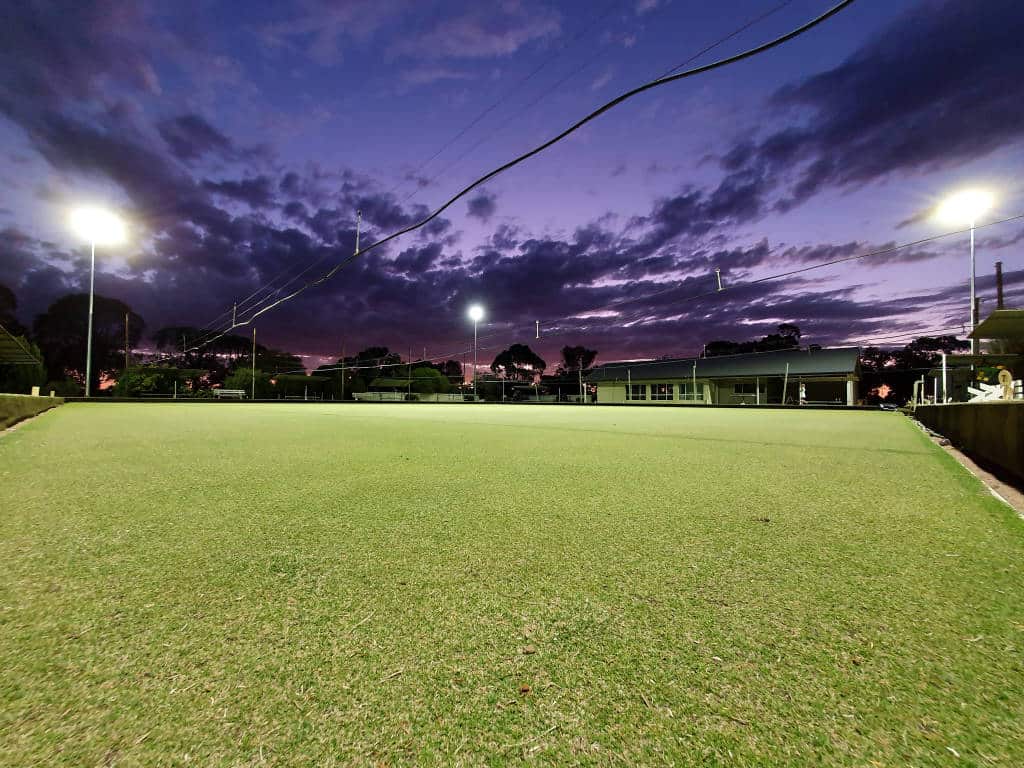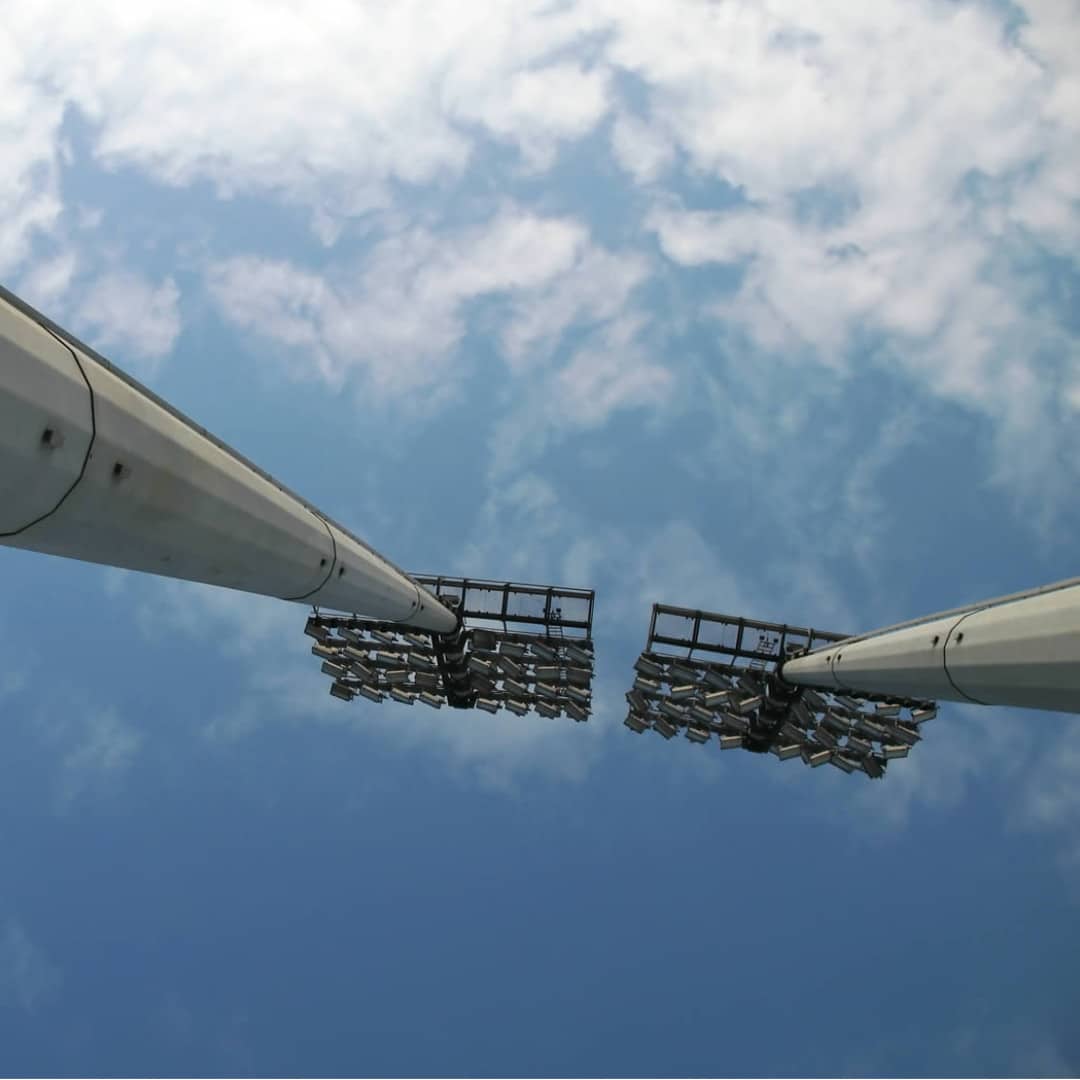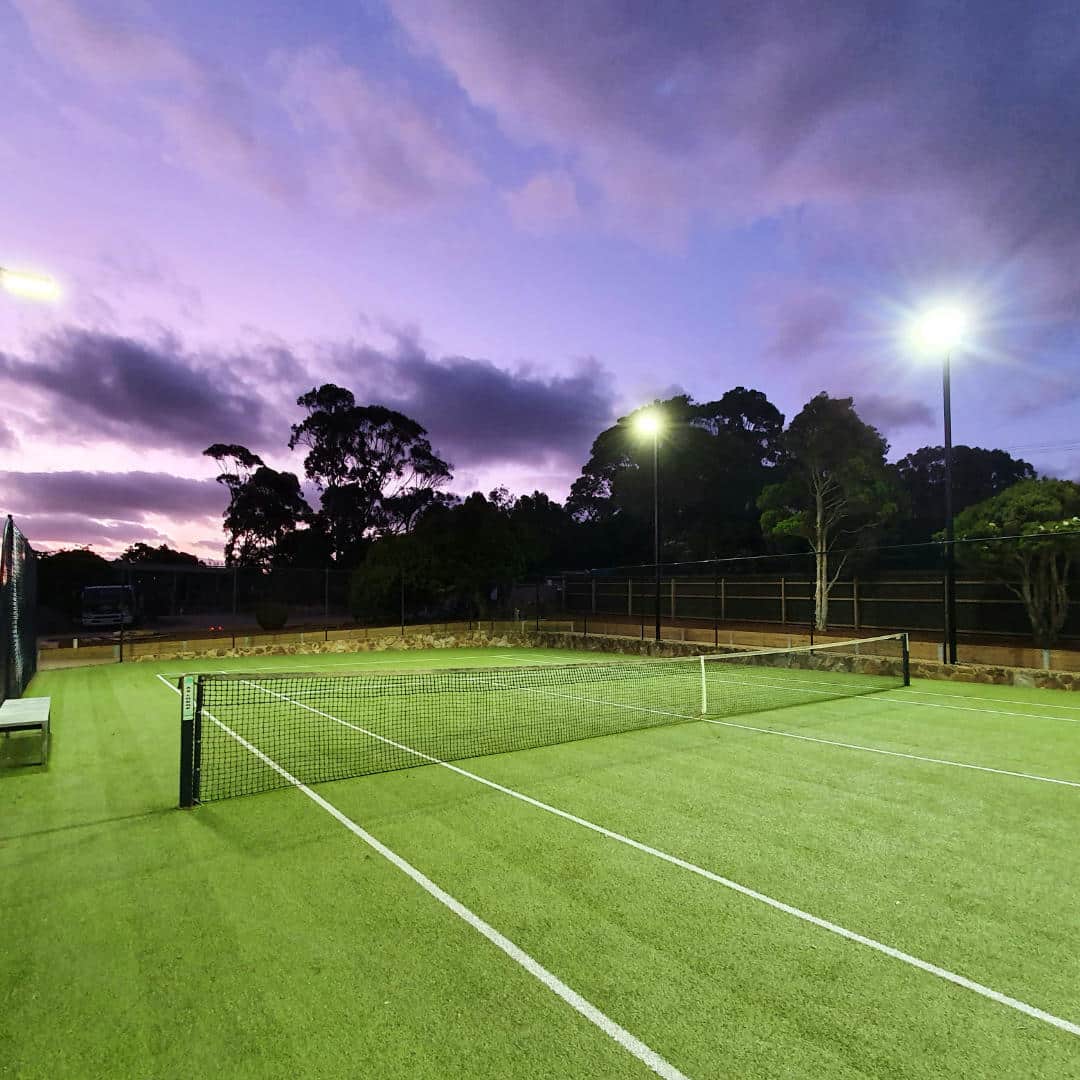With such an emphasis on what can be recycled we need to take a closer look at how possible is it to recycle LED lighting. Recycling is important not only to reduce landfill waste but also reduce the need for initial mining of raw materials.
Whilst all LED lights are made in slightly different ways, the current logic is much the same i.e. aluminium heatsink, aluminium PCB, LEDs, rubber or pvc coated wire and some form of junction box. We’ll look at the main components in turn:
- Aluminium heatsink: Aluminium makes up the bulk of the weight for most LED lights as this is what removes the heat from the LED’s. Aluminium is used as it conducts heat very well, can be easily moulded or extruded and is reasonably cost-effective. The other major benefit is that it is very easily recycled. Aluminium can be melted down and re-moulded without losing any of it’s primary properties.
- Cables: Cables used in LED lighting is mostly made from copper. Copper is an effective conductor and is readily recycled as, like aluminium, it can be melted down and reformed indefinitely. The sheath for cables is generally rubber or PVC. Due to additives for UV stability these sheaths may or may not be recyclable and need to be assessed on an individual basis
- PC Boards: PC boards are manufactured from a range of materials. Most often in LED lighting this is aluminium or copper, although forms of fibreglass are used in lower wattage applications. All the metals-based forms can be recycled as per the heatsinks and copper cables but fibreglass board cannot be.
- PCB components: There are myriads of potential components on PCB’s ranging from resistors to capacitors. Many will not be able to be recycled due to the complexity of how they are made and the difficulty of removing them from the PCB.
- Junction Boxes: Junction boxes are either made from die-cast metal or plastic. Plastics tend to be glass filled nylon, nylon or polypropylene, all of which can be recycled. Mild steel or aluminium boxes can also be simply recycled.
- Brackets: The majority of brackets are made from die-cast aluminium or laser cut mild steel or stainless steel. As with most metal components these are all recyclable and are easy to isolate for recycling.
- Fixings: Fixings like screws, nuts, bolts etc are generally made from mild steel or stainless steel and are fully recyclable
- Optics: A large number of LED lamps use plastic optics to control the light. The main materials used are acrylic or polycarbonate. Both of these materials are recyclable. Other forms of control include reflectors. These are typically ABS or GFN with a mirror chrome finish, all of which are also recyclable.
Another form of recycling which is becoming more popular with councils and local authorities is to upgrade old fittings by replacing specific components like the optic or PCB. This is potentially effective if products are designed with this in mind but has had limited potential up till now due to the continued innovation and changes within the LED industry. Now that innovation has started to be more incremental we may see more of this type of recycling becoming main-stream. Whilst it is not easy, it ultimately will be the most effective as the components can be reused without using more energy for melting down etc.
So in conclusion over 90% of every LED light (by mass) is theoretically recyclable. The big issue is how the components can be disassembled and how available facilities are to do this.



